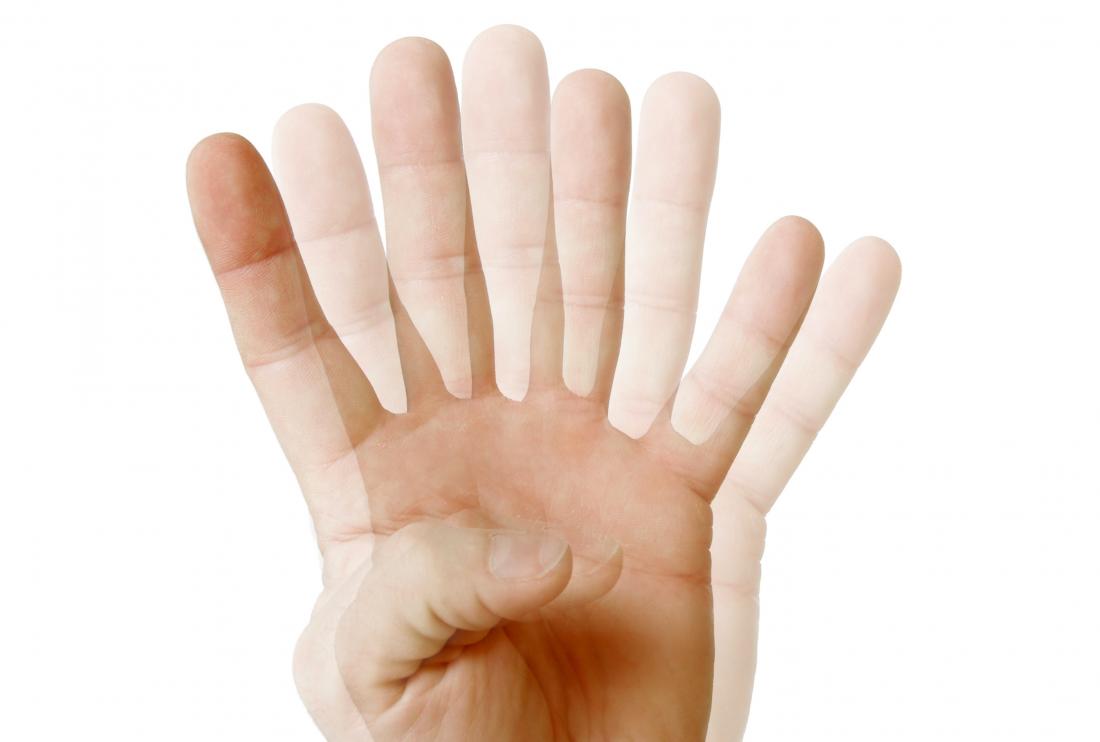Diagnosis And Myasthenia Gravis Treatment In Ayurveda
The doctors carry out physical exams and check the medical history of the patient. There is also a series of neurological exams that include checking reflexes, weakness in muscles, checking muscle tonining, ensuring proper eye movement, and several other tests.
Ayurveda explains Myasthenia Gravis as the vitiation of Vata and Kapha dosha at the site of muscles. The specific dosha vitiation leads to several complications. Ayurvedic treatment for Myasthenia Gravis provides adequate relief in all the symptoms, improves daily lifestyle quality, and improves muscle growth and health. It suggests Panchakarma therapies such as Abhyanga, Nasya, Kizi Swedan, Shalishashtik Swedan, and Vasti. These therapies help improve nerve-muscle coordination by removing toxins from the body. It is an effective and proven natural treatment for myasthenia gravis. Its therapies and medication treat the disease in a natural way and help the patient recover without any side effects.
The Panchakarma therapies used in the process are helpful in relieving the symptoms and myasthenia gravis management.






